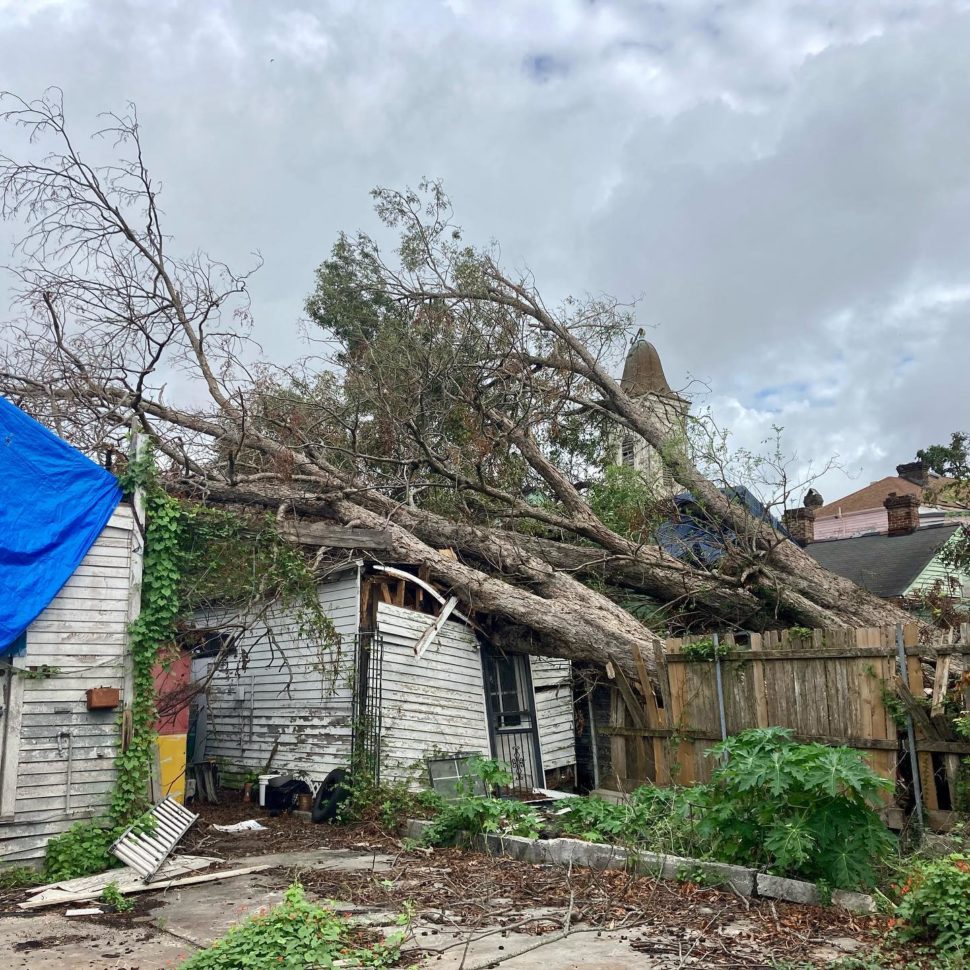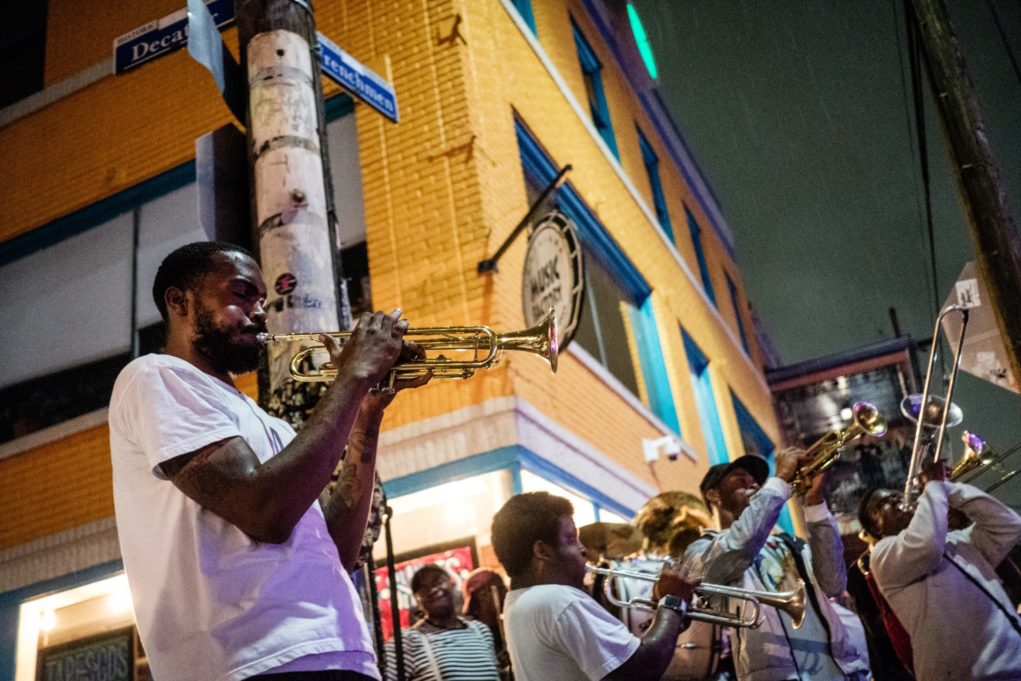Backstreet Cultural Museum is a historic Black-owned museum in New Orleans that’s home to collections of costumes, artifacts, photographs, films, and other materials important to New Orleans’ African American culture.
Its collection and permanent exhibits highlight both life and death in the Big Easy, while illuminating African American history in the struggles against slavery and disenfranchisement for freedom.
The museum, which opened in 1999, is fighting to stay open after immeasurable losses over the last two years.
In August 2020, the museum’s founder, Sylvester Francis, died at the age of 73. At the same time, permanent artists and performers whose work was featured in the museum succumbed to the coronavirus.
//www.instagram.com/embed.js
Then, a year after the founder’s death, winds from Hurricane Ida uprooted three immense pecan trees – crushing the back roof of the museum’s rented temporary home. The museum has been closed ever since.
“The plan is to get it back open before Mardi Gras, but that’s a month away,” Dominique Francis-Dilling, daughter of the museum’s founder, told Travel Noire. She took over the museum as director after her father’s death. “If I don’t meet the deadline, then it will be shortly after.”

Permits and preparation are just some of the hurdles she’s facing to reopen in the temporary location. Funding is the other challenge.
“We’re still taking in as many donations as we can for a permanent location,” Francis-Dilling added. “We’re just sad because of the whole moving back and forth. I don’t want to keep having to relocate every year. I really want a permanent space that I own that’s there so the exhibit can be what it’s always been. I don’t want to have to downsize it. We’ve always been known to house the largest collection of Indian suits.”
Backstreet Cultural Museum History in New Orleans
While Mr. Francis officially opened the doors of the museum in 1999, its origins can be traced back three decades to when he paraded with the Gentlemen of Leisure Social Aid & Pleasure Club.
A man photographing the parade wanted him to pay $35.00 for his own photograph. To avoid such costs in the future, Francis bought both a Super 8 mm camera and a still camera and began documenting Carnival celebrations, second-line parades, and jazz funerals throughout New Orleans.
For more information about the musuem, including the new building fund, click here.
//www.instagram.com/embed.js





